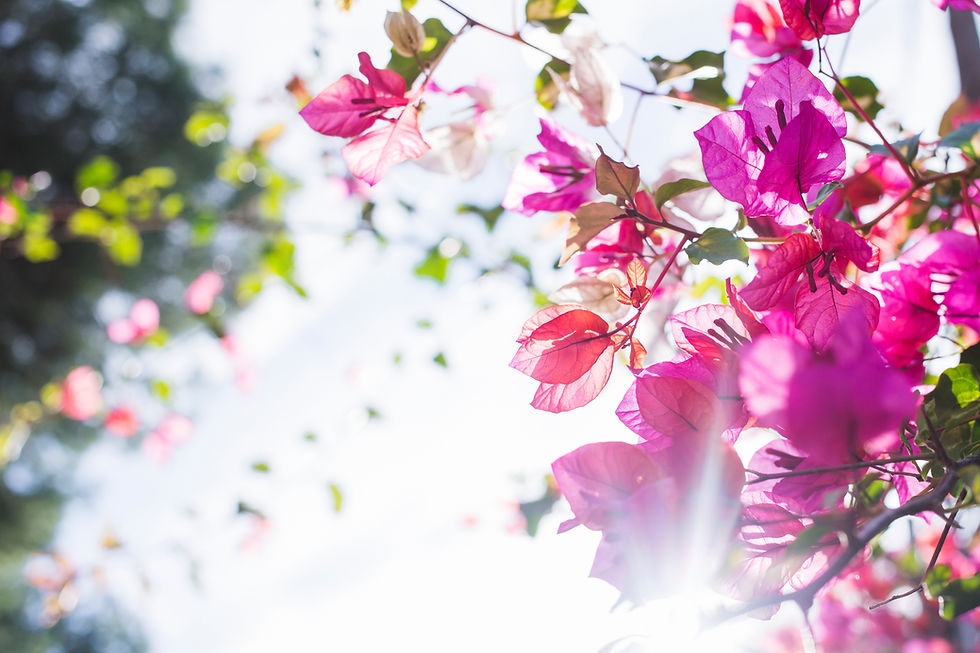WHEN FRANKINCENSE CAME TO 'THE MOUNTAIN'
- Mark McMahon
- Jan 4, 2024
- 3 min read

Mark McMahon is the co-owner of THOMAC, in Magoebaskloof, the only producer world-wide to sustainably harvest Helichrysum splendidum, commonly known as Southern Immortelle. It is wild harvested from the hillsides surrounding the family farm. The plant is steam distilled to extract the essential oil. What started out as a hope filled experiment turned into a wonderful journey towards health and wellbeing, led by the plant itself. The oil has many properties beneficial to one's health. Specifically skin rejuvenation, wound healing and the relief of respiratory conditions including sinusitis. The McMahon’s have dedicated themselves to wild harvesting and extracting the aromatic oil from the plant since 1999.
In 2006, Mark took an epic journey to a mythic, ancient land for 5 Arabian nights and 4 days in search of frankincense. Thomac was already pioneering a new steam-distilled oil, so his initial interest in Arabia and Somaliland was to immerse himself in its ‘age-old frankincense and myrrh industry where the aromatic gums originate from the most ancient plantations. Traditional Arabia encompassed both sides of the Gulf, from Yemen to Somaliland, and the highest quality gums of antiquity came from the very areas I was about to visit.’
Mark’s journey into this mystical and mysterious world began with a flight over the Ogaden desert in a 12-seater Beechcraft. He recalls, ‘We set off to Erigavo in the Sanaag Province - the town is situated on a coastal escarpment at over 2300m above sea level and after being driven into the nearby town from the dusty airstrip, I wondered if I was in a Land Cruiser or a time machine.’ The following morning, they headed for the Dhallo Valley, heart of frankincense country. ‘We carved our way through thousands of Egyptian vultures scavenging on the outskirts of town. Twenty minutes later, we were standing on the edge of the escarpment looking at the Gulf coastline some 60 km away. As we ascended the pass, we anticipated the ancient groves of frankincense trees owned and harvested tribally for millennia.’
‘And then, there they were, Boswellia carterii in their thousands, their bulbous-based trunks growing out of solid conglomerates. As I touched their thick and flaking stems, I remember thinking that not only was I standing in a perfumed garden of delights but it was probably also that very garden that yielded the gum which became a gift for the baby Jesus.’ At Gudmo Baria, Mark encountered an even rarer tree, Boswellia frereana, endemic to the area with gum known locally as maydi. The gum is induced to flow by shallowly injuring the bark of the trees with a tool known as a mengaaf. After four to six weeks, twice as long with maydi, the harvester returns to find air-hardened extrusions known as tears. These are taken and stored in an aerated lean-to with palm frond roofs where they are cleaned and graded according to size and colour.’
After this epic trip, Mark imported half a ton of Frankincense resin and got the distillation unit finished in time for the arrival of the first shipment. He recalls that ‘it was nerve-wracking having only 500 kg's of this incredibly valuable resin and a still, that as far as I knew, might not work effectively or at all. But all went well and it wasn't long before we were producing the most magnificent Frankincense oil.’ The price of the raw resin increased negligibly over the first few shipments, then suddenly went through the roof. The cost hike was too severe and the source became unsafe so they had to call it a day. And so, for a brief and wonderful few years, The Mountain produced some of the world's most wonderful Frankincense oil.







Comments